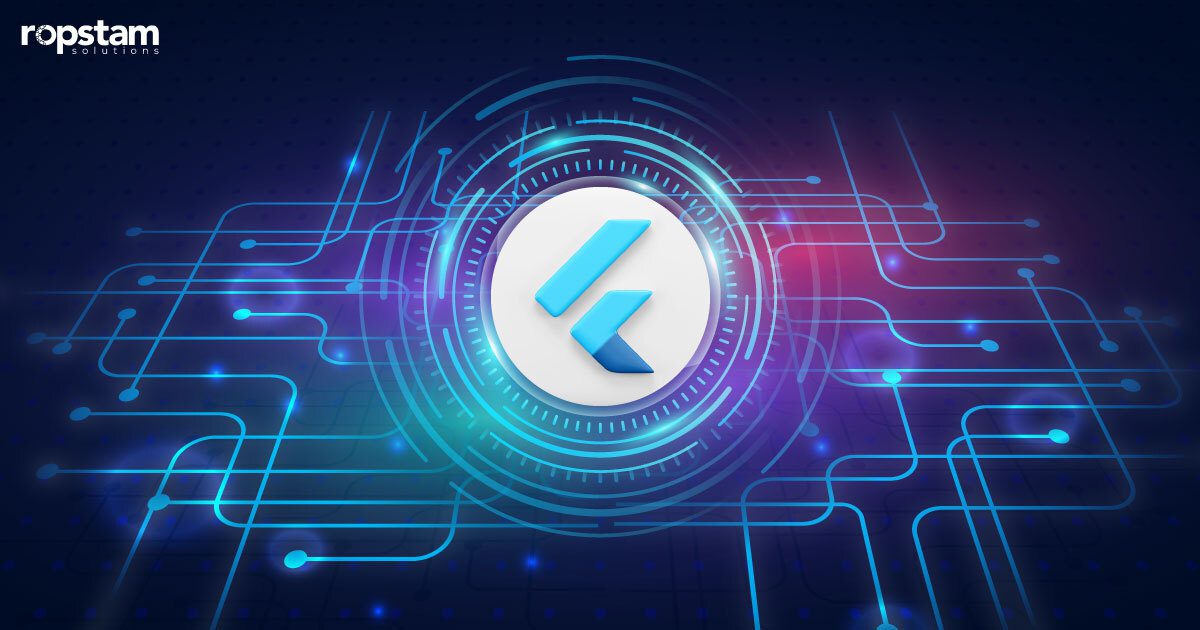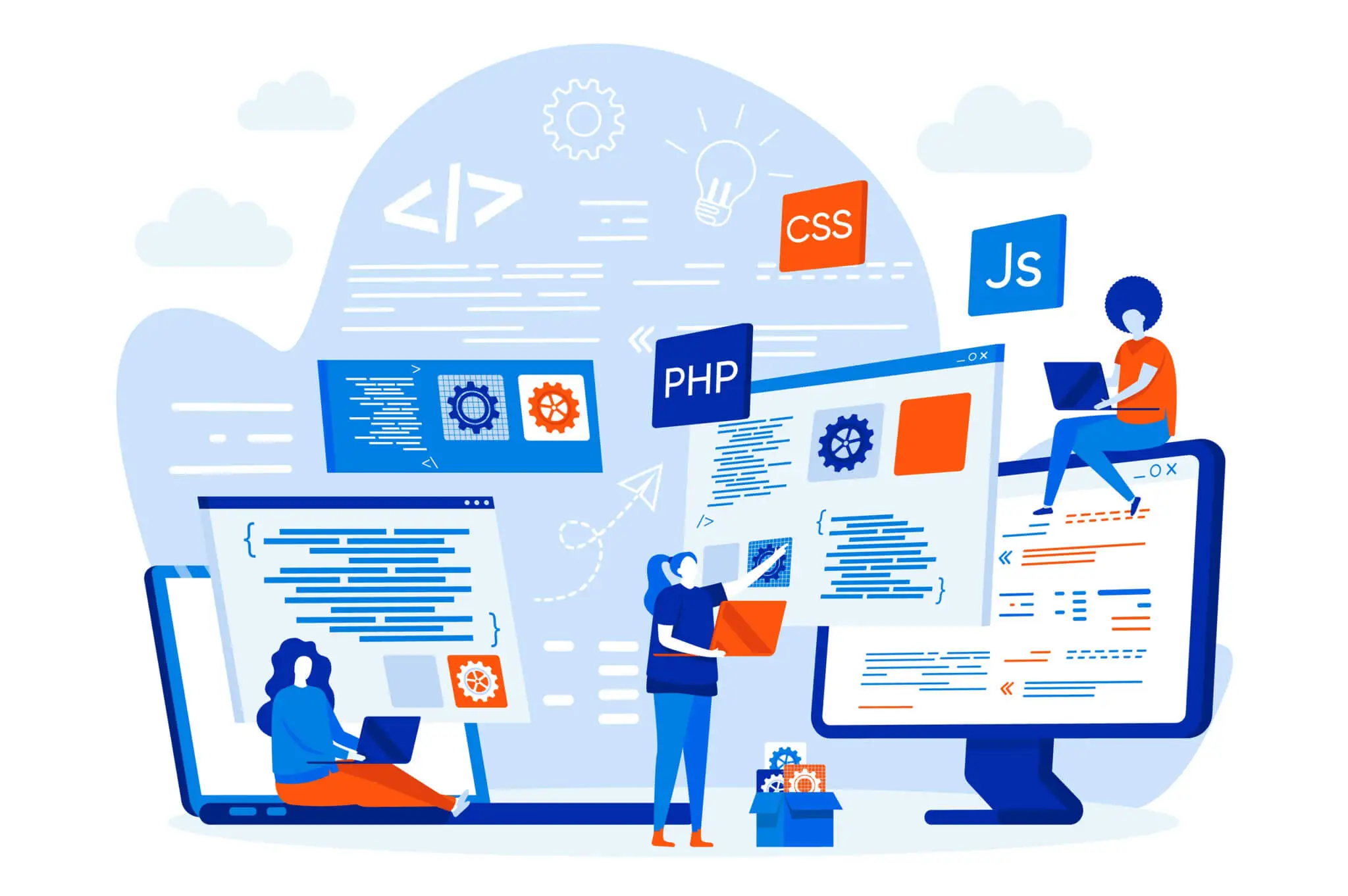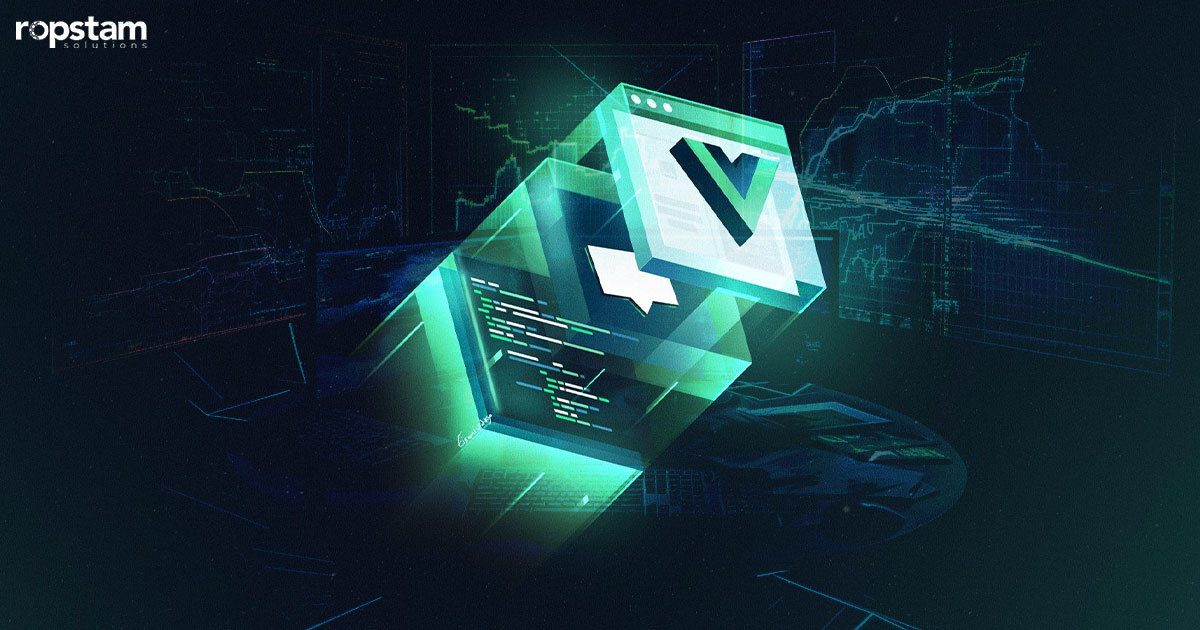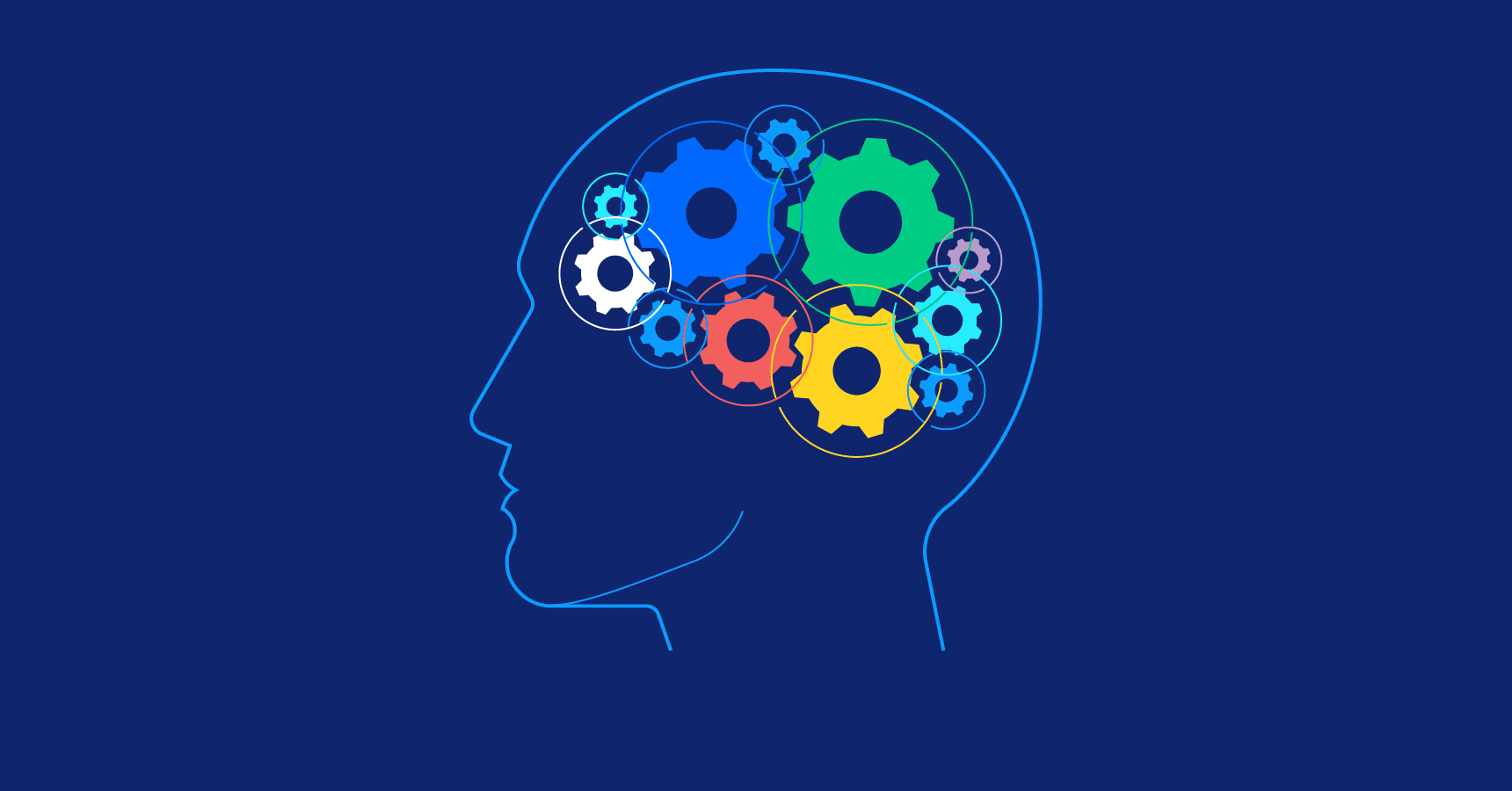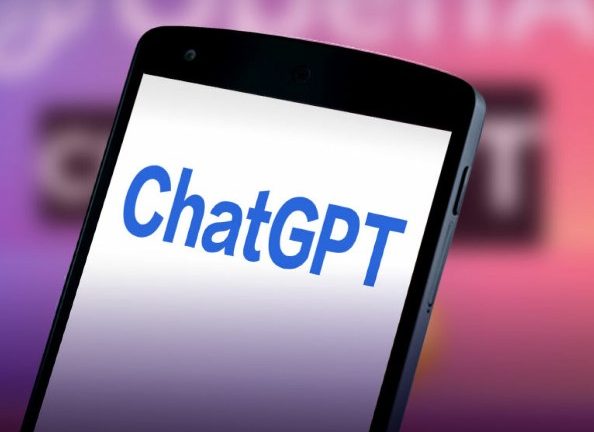Flutter began as a startup and later was obtained by Google. Today, it’s a free & open-source project and a software development kit (SDK) which leverages Dart (a programming language novel to Flutter) for cross-platform application development. It uses the Skia graphics library (a graphics engine) to render the components.
Apart from rapid and simpler code composing, Flutter likewise gives incredible parts to cause the applications to have a more local-like feel and, subsequently, a better client experience.
Read on to learn about flutter pros and cons so that you can find out whether you should use it for mobile app development or not.
Pros & Cons of Using Flutter for Mobile App Development
As with any technology, there are certain benefits and drawbacks to utilizing flutter for app development. This article will go over central issues, both positive and negative, on Flutter to give you a superior comprehension of when it will be valuable.

Advantages of Flutter App Development
Some of the benefits of using flutter instead of native app development include:
1) Easy Cross-Platform App
At the point when you have the equivalent codebase for iOS, Android, and web application refreshes are more smoothed out. Backend refreshes are likewise done once per update. This diminishes the gamble of conceivable synchronization issues when there are isolated groups of developers answerable for every stage (like in local turn of events).
2) Good App Performance
Flutter could not as yet be on par execution-wise with locally built applications, essentially not in each situation. Be that as it may, applications created in Flutter are as yet responsive and fast. Companies, for example, Tencent or Square, have a lot of clients to please with the encounters their clients get inside the applications. In the event that presentation was an issue, prestigious brands would exclude Flutter in their tech stacks.
In any case, there are strings on Reddit or Stack Overflow where developers are inquiring as to why their Flutter applications are slow. The justification for why some Flutter applications are slow as a rule has nothing to do with Flutter itself.
Truth be told, terrible showing most frequently comes from the absence of abilities and adequate information on Dart and cross-stage development. If you follow ideal practices in Flutter development and improvement, you’ll fabricate quick applications. The documentation for Flutter has a full segment with suggested prescribed procedures that assist with keeping Flutter applications performant.
3) Minimal Code
At the point when you have one codebase that abilities apps that sudden spike in demand for various platforms, how much code you need to compose using text editors & IDEs and afterward keep up with drops considerably. It’s not to say that you will not need to make platform-explicit changes in the code, yet how much code will be not placed near discrete codebases for iOS and Android as found in the native turn of events.
4) Less Testing
At the point when there’s less code to work with, there’s less trying expected to push out every cycle of Flutter-based apps. In a native turn of events, when you have a different codebase for iOS and Android, each new arrival of the application must be tried for both platforms. In Flutter, you can think of one test and run it across all platforms your Flutter chips away at (e.g., iOS, Android, and work area).
5) Rapid Time-to-Market
The thought behind Flutter is to augment code reuse across platforms. And keeping in mind that you can’t anticipate decreasing improvement time considerably, Flutter allows you to shave off a critical piece of that time.
With Flutter, most of the codebase will be no different for all the platforms. When you need to approve your thought rapidly, get financial backers, or just catch a client base, cross-platform arrangements, for example, Flutter SDK, will be an extraordinary decision for application improvement.
6) Convenient Ready-made UI Elements
Flutter provides engineers with an entire assortment of UI components that further accelerate creation. While instant UI parts could influence marking potential open doors, Flutter likewise lets devs redo every part with platform-explicit tweaks. Flutter’s motor makes the UI components render with high FPS that outcomes in a positive client experience.
Disadvantages of Flutter App Development
Here are the cons of using flutter for app development for your next project:
1) Native Development Skills
While that is not really a disadvantage, when you want native usefulness, you’ll have to foster native extensions to execute that usefulness into a particular platform. The scaffold must be written in a native programming language of that platform (e.g., Kotlin/Java for Android and Swift/Objective-C for iOS).
2) Libraries Are Growing but Not Mature
Flutter’s archive is continually developing; nonetheless, the tooling isn’t yet all around as experienced as, for instance, React Native’s. Because there are similarly fewer modules in Flutter, a portion of the functionalities must be provided by open-source modules made by the Flutter people group.
Another downside is that Flutter will, in general, be leaned toward by engineers with a native Android foundation, which influences the quality and usefulness of iOS libraries for Flutter.
So when your application needs exceptionally unambiguous usefulness, it can turn out that there’s no outsider library accessible to help it. Additionally, libraries that truly do uphold it very well may be of inferior quality or, at this point, not kept up with. All things considered, you’ll need to compose the module yourself.
For instance, in one of our tasks, Flutter’s membership library didn’t have the choice to download the finish of the membership date important to approve a client’s honors; we needed to compose the component natively for iOS.
3) Issues with Animations
At the point when you follow Flutter’s accepted procedures during improvement, you can expect great execution results. Nonetheless, there’s one execution issue that has been getting a ton of inclusion as of late.
Flutter developers have observed that in certain occurrences, liveliness is jumpy at first render in Flutter applications (iOS and Android both). This data is legitimate as of April 2021. We’ll refresh the substance the second we discover that Flutter has settled the issue.
4) Limited Libraries
While Flutter has a growing ecosystem of libraries, it may not match the extensive range of well-established frameworks. This could lead to potential limitations for certain functionalities, especially for niche or domain-specific requirements. Developers might need to resort to custom implementations or invest additional effort in finding suitable alternatives.
However, as the framework gains popularity, more libraries and community contributions are likely to address this limitation over time, improving the overall flexibility and feature set of Flutter. Follow the best development practices for this framework and you will see how it shines for you.
5) Steeper Learning Curve
For developers with no prior experience in Dart programming language or Flutter, there might be a steeper learning curve while trying to grasp the intricacies of the framework, potentially leading to slower development progress. This initial learning phase could require extra time and effort to familiarize themselves with the syntax, concepts, and Flutter’s unique development approach.
6) Platform-Specific Bugs
Due to Flutter’s cross-platform nature, it is possible to encounter platform-specific bugs that require meticulous identification and resolution. While the framework aims to provide a seamless experience across platforms, variations in underlying operating systems and devices can lead to unexpected issues, requiring significant bug-fixing time. Addressing these bugs demands additional effort from developers to ensure consistent performance and user experience
7) Limited Support for Older Devices
While Flutter boasts excellent cross-platform compatibility, it may encounter performance issues on certain older devices that lack the necessary hardware capabilities or software support. This could potentially impact the target audience, limiting app accessibility and user experience for users relying on older smartphones or devices.
8) Continuous Updates
Frequent updates in Flutter, driven by its dynamic ecosystem, can sometimes lead to compatibility issues with existing codebases. As the framework evolves rapidly, developers may face challenges in ensuring their apps remain compatible with the latest versions. This could necessitate extra maintenance efforts to address potential bugs and refactor code. This can lead to development issues, slowing down the time-to-market of a particular product.
What are Best Features of Flutter? [Top 5]
Before looking into the positive things and downsides of flutter, let us look at its amazing features. The following passage encompasses the best features of Flutter:
Responsive Design
One of Flutter’s standout features is its widgets’ inherent ability to dynamically adjust to diverse screen sizes and orientations. This responsive behavior ensures that applications maintain a consistent and polished appearance across a wide range of devices, from smartphones to tablets and even larger screens.
Flutter’s adaptive nature greatly simplifies the development process, allowing developers to focus on creating feature-rich and visually appealing apps that provide a seamless user experience, irrespective of the device being used.
Hot Reload
This is an element that rolls put in any improvements the developers make in the code show up quickly in the application. It empowers the developers to try more and evaluate new things as well as eliminates the bug-fixing time.
Flutter App Builder
Google added this component after acquiring Flutter. An extraordinary expansion to the conceivable outcomes of Flutter is the App Builder tool. Which is essentially an instrument to construct an application like you would fabricate a lego house.
The device furnishes you with features you can blend and match to fabricate your own application rapidly, which can be very useful in MVPs, prototyping, and user testing. Then, you just code the UI utilizing Dart (which you could have to learn first).
Native Features
Through extra outsider reconciliations, you can get to local features with Flutter. You could reuse Kotlin and Swift while fostering an application. This further chops down the hour of the versatile application advancement process and make it considerably more straightforward for the dev group.
Custom Animations
With Flutter’s support for expressive and smooth animations, developers can unleash their creativity and craft captivating user experiences that come to life. From delightful transitions to interactive elements, Flutter empowers them to design applications with a touch of magic.
The fluidity and flexibility of Flutter’s animation framework provide the perfect canvas for bringing app interfaces alive, making it a go-to choice for building visually stunning and engaging mobile applications.
When To Use Flutter?
There are a couple of situations when Flutter will be the ideal way to go. Be that as it may, each venture is individual in its requirements, so accept this tentatively. You can constantly plan a free item consultation with one of our developers to get some help with picking your tech stack. Presently, how about we go over the best situations for Flutter:
Use Case 1. When You Need Your App Fast, or You’re Developing a MVP
Listen to this – Flutter permits you to assemble the application incredibly quickly. In addition to the fact that it is a cross-platform SDK, it has the developer apparatus and heaps of UI gadgets that you can utilize. This makes for exceptionally quick code composing, quick issue-fixing, and quick testing.
Generally speaking, in the event that there’s no time to waste, Flutter is fundamental. The equivalent goes for while you’re fostering an MVP. Perhaps you really want it for your pitch; perhaps you want to deliver it to your clients and begin testing. Flutter is perfect for fostering MVPs that are smooth, quick, and simple to utilize.
Use Case 2. You Want a Complex User Interface
Flutter permits you to control each pixel on the screen essentially. Not just that, your application will appear to be identical on more current and more seasoned gadgets. With this SDK, you can construct mind-boggling, noteworthy UIs effectively, and it won’t influence the presentation of the application. Thus, assuming what you’re chipping away at needs some extraordinary love with regards to the point of interaction, Flutter would be the best approach.
Use Case 3. When You Need Your App to Have Excellent Performance
Not at all like React Native, Flutter doesn’t need a JavaScript span; hence, it’s a lot quicker and performs better. Apps created with Flutter are demonstrated to perform better with practically no slacks, cutting, and so on. In the event that speed and execution are your need, go with Flutter to construct your application.
Use Case 4. When You Are Under Serious Time Pressure
Flutter takes into consideration exceptionally fast code composing, and utilizing it assists with accelerating the whole programming advancement process. In addition to the fact that it is enjoyable to work with for developers, with the gadgets growing, even complex UIs are a lot more straightforward.
Additionally, the Hot Reload include makes it very simple to fix bugs, make changes, and analyze. Flutter additionally can decrease the time required for testing. Generally speaking, in the event that speed is the thing you’re pursuing – Flutter is an extraordinary decision.
Is Flutter Easy to Learn?
Wondering is flutter worth learning? Well, flutter is renowned for its ease of learning, making it an attractive choice for developers of varying expertise. Its straightforward language, Dart, resembles familiar programming languages, easing the learning curve. Additionally, Flutter’s rich documentation, extensive tutorials, and a vast community of developers provide ample resources for learners.
Its hot reload feature enhances the development process by instantly reflecting changes, encouraging experimentation and rapid prototyping. The single codebase for multiple platforms simplifies maintenance and reduces development time. Overall, Flutter’s intuitive design, comprehensive learning materials, and supportive community make it accessible and user-friendly, allowing developers to quickly embrace and excel in this powerful framework.
Is Flutter Good for Big Projects?
Flutter is indeed a suitable choice for big projects due to its robust architecture and performance capabilities. Its reactive framework enables Flutter application developers to build complex and feature-rich applications with ease. Additionally, Flutter’s hot reload feature significantly accelerates development cycles, allowing for faster iterations and quicker time-to-market for large-scale projects.
Its single codebase approach ensures consistency across platforms, reducing maintenance efforts and cost. Furthermore, the extensive widget library and support from the Flutter community empower developers to create highly customized and engaging user interfaces. Overall, Flutter’s scalability, efficiency, and developer-friendly environment make it an excellent option for tackling big and ambitious projects.
Companies and Apps Using Flutter
The following is the list of established companies and their apps that have adopted the Flutter technology.
1) Google Ads
Google, one of the pioneers in technology and advertising, has embraced Flutter to enhance the user experience and streamline ad creation and management. With Flutter’s flexible and expressive UI, Google Ads can deliver stunning, interactive ad formats across various platforms, ensuring advertisers reach their target audience effectively.
2) eBay Motors
As a prominent online marketplace for automotive enthusiasts, eBay Motors utilizes Flutter to develop feature-rich and visually captivating applications. Flutter’s cross-platform capabilities enable eBay Motors to offer a seamless user experience, allowing users to browse, buy, and sell vehicles and auto parts with ease.
3) MyBMW
MyBMW, the official app for BMW owners, leverages Flutter to provide an engaging and personalized experience for its customers. By harnessing Flutter’s native-like performance and customizable widgets, MyBMW delivers real-time updates, vehicle information, and exclusive offers, creating a delightful and efficient ownership journey.
4) Google Pay
As a leading digital payment platform, Google Pay harnesses Flutter to build high-quality apps that deliver secure and user-friendly payment experiences. Flutter’s versatility and fast development cycles enable Google Pay to offer a consistent and intuitive interface across Android and iOS devices, making transactions effortless for users.
Flutter Alternatives for App Development in 2024
Want to skip flutter and try some other language? Here are some of the amazing alternatives of this Google’s UI toolkit that you can try out:
- React Native
- Xamarin
- Kotlin
- Java
- Ionic
- Swift
- Cordova
Summary
Flutter is a new SDK that has numerous ways of and reasons for utilizing it. It stands out as a valuable contemporary tool for crafting impressive cross-platform applications. It excels in rendering native code on every device and operating system, enhancing the overall development process. This new framework has a wide range of benefits and drawbacks that you must be aware of as a mobile app developer.
At Ropstam Solutions, we have a dedicated team of Flutter developers who work around the clock to ensure seamless delivery of projects. So far, we have delivered tens of Flutter projects to our satisfied clients. If you want to avail our services, contact us now at info@ropstam.com.

